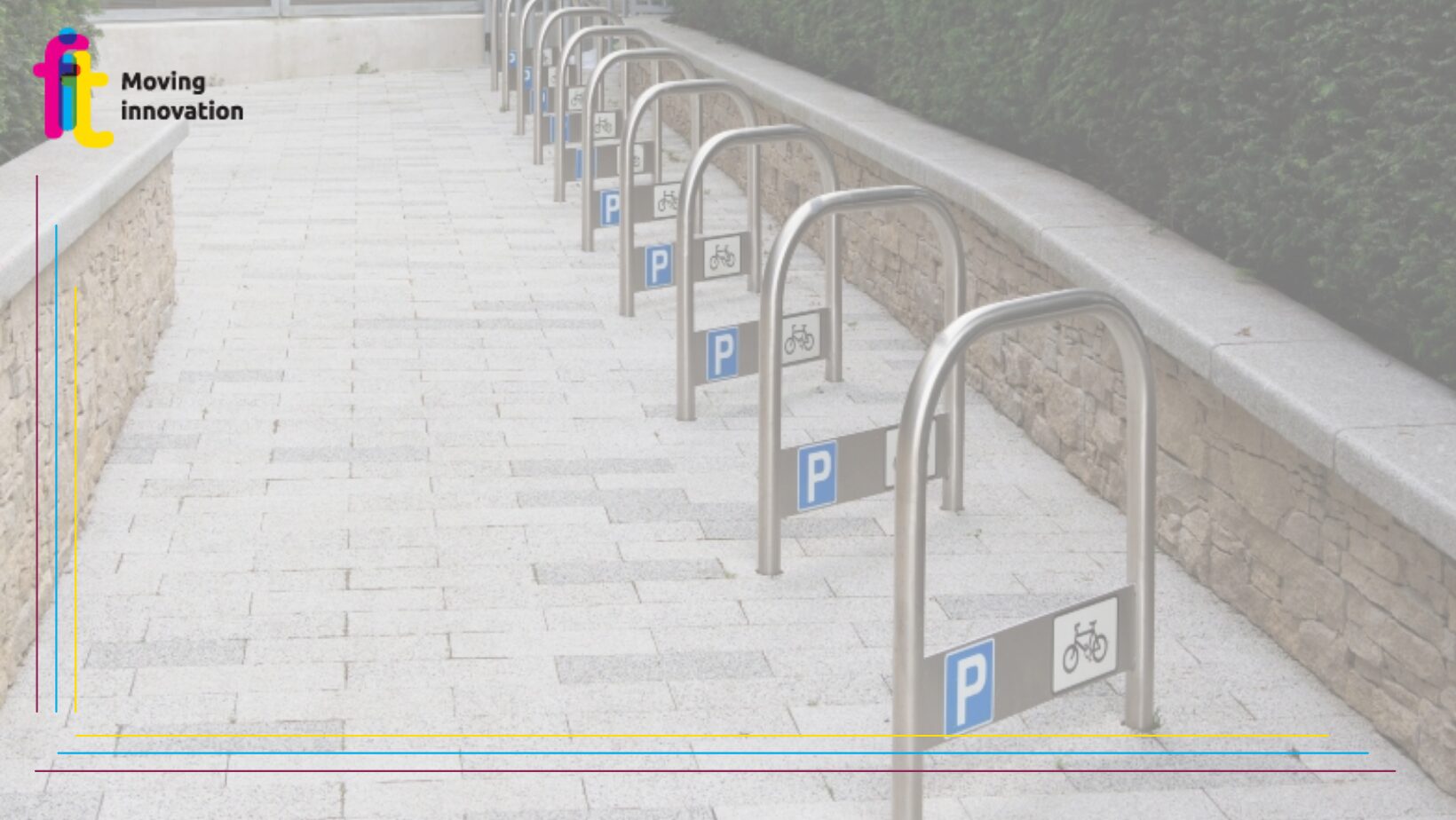Minimum parking standards for bicycles, EU approves new rules
Last April, twenty EU Member States – despite opposition from Italy and Hungary and abstentions from Croatia, the Czech Republic, Poland, Slovakia and Sweden – approved the EPBD – Energy Performance of Buildings Directive. After publication in the EU Official Journal, Member States will then have two years to incorporate the EPBD into their national legislation, after which the new regulations will enter into force.
But what does it actually change and why does it have to do with cycling? The EPBD focuses on setting quantitative standards for bicycle parking spaces, mandating EU Member States to provide technical assistance to building owners and tenants wishing to install charging points and bicycle parking spaces. In practice, therefore, Member States are obliged to supplement the predefined quantitative standards imposed by the EU with national quality standards for bicycle parking spaces.
In particular:
- For new residential buildings and those undergoing major renovation with more than three parking spaces, there must be at least two bicycle parking spaces per housing unit.
- For new non-residential buildings and buildings undergoing major renovation that already have more than five parking spaces, bicycle parking spaces must represent at least 15 per cent of the average or 10 per cent of the total utilisation capacity of the building. Space for bikes that are larger than standard bikes, such as cargo bikes, must also be considered.
- For existing non-residential buildings with more than 20 parking spaces, bicycle parking spaces must represent at least 15 per cent of the average or 10 per cent of the building’s total utilisation capacity. Again, space must be provided for larger bicycles than for standard bicycles. These provisions for existing non-residential buildings must be implemented by 1 January 2027.
- For residential and non-residential buildings, specific requirements on charging infrastructure for all types of electric vehicles, including electric vehicles and bicycles, will come into force.
Like other European directives, however, Member States retain the authority to invoke specific derogations, which allow them to limit or modify the number of bicycle parking spaces required for certain types of non-residential buildings.
As reported by the European Cyclist Federation, insufficient bicycle parking has long hindered the widespread adoption of cycling as a sustainable means of transport for daily commuting. The EPBD therefore marks a significant step in addressing this issue across the EU by setting minimum predefined bicycle parking standards for almost all types of residential and non-residential facilities.
Source: European Cyclist Federation








